The Covid Diaries 91 – 180 The Strand, Ryoji Ikeda
A review of the multi-sensory installation of work by Ryoji Ikeda, on now at 180 The Strand. In which I am reminded that I am an art enthusiast more than a cool art insider.
Disclaimer: this is really not a great art exhibition for anyone who is sensitive to strobe/flashing/bright lights. This includes some of my readers, so I’ve only included static images below. To see a few videos of the installation, check out my Instagram stories.
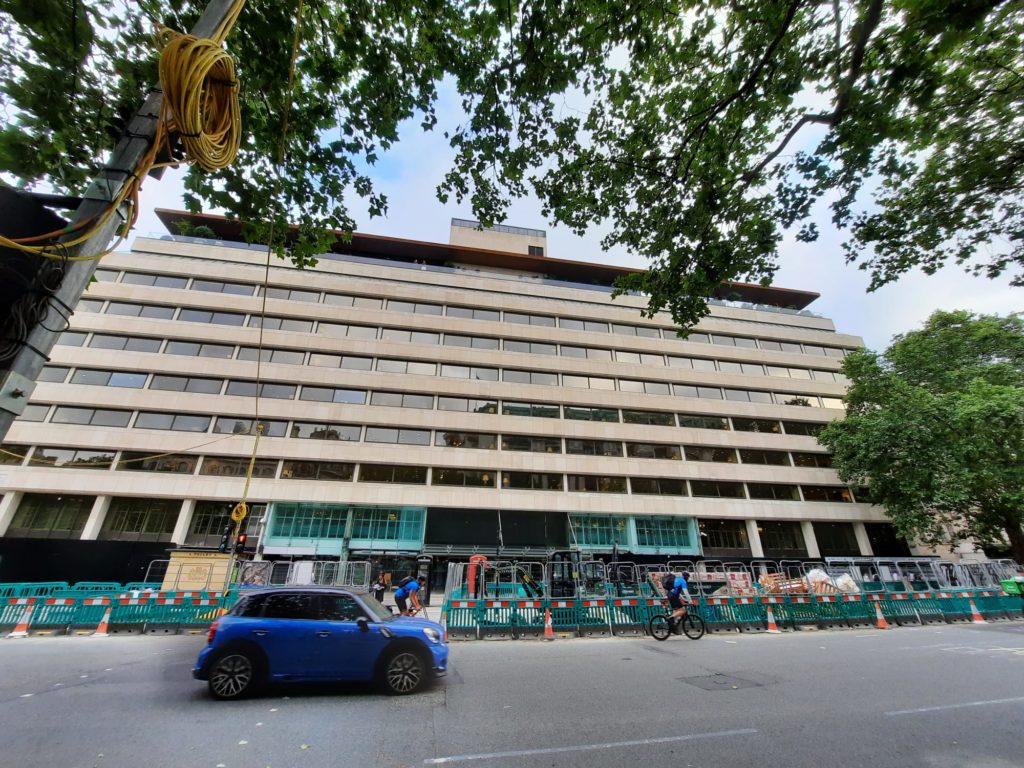
180 The Strand? Never Heard Of It!
That’s because it’s an office building. Or was, at least. Once the London headquarters of accountants/management consultants Deloitte, the brutalist building is now a sort of cultural community centre. This includes regular exhibitions such as the one we are exploring today. I have to say though, I had never heard of 180 The Strand before spotting this Ryoji Ikeda exhibition. This might be partly because I am not their audience. Yes I am obsessed with London’s cultural offerings. But when my partner and I visited, we were noticeably on the older end of the audience spectrum. This is a place for painfully cool art school types and full-time creatives. Still welcoming though, so don’t let that put you off. I only really noticed it because this is the first time I had seen that crowd since the pandemic began.
Right, that is enough rambling: you probably want me to tell you more about 180 The Strand, and the Ryoji Ikeda exhibition. Well, the exhibition space is in the basement. This makes it quite large, with distinct rooms of different sizes. Perfect for Ikeda’s ‘dynamic digital universe’, as the website puts it. Ikeda is a Japanese artist, who works mainly in light and sound. Visitors are taken in small groups through a series of rooms with different artworks providing different sensory experiences. Some are fun, some are total sensory overload; the requirement to spend a certain amount of time in each space to keep groups apart makes you confront even those which feel uncomfortable.
This is totally unlike anything else on in London at the moment, so let’s take a look at a few pictures before I tell you more.
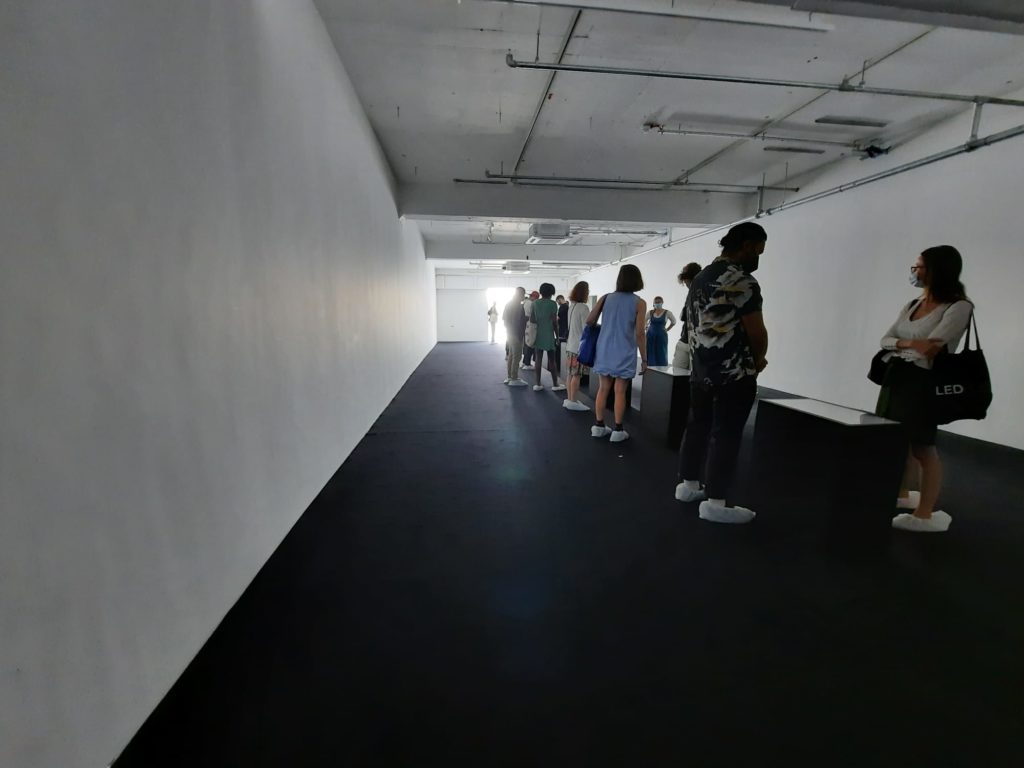
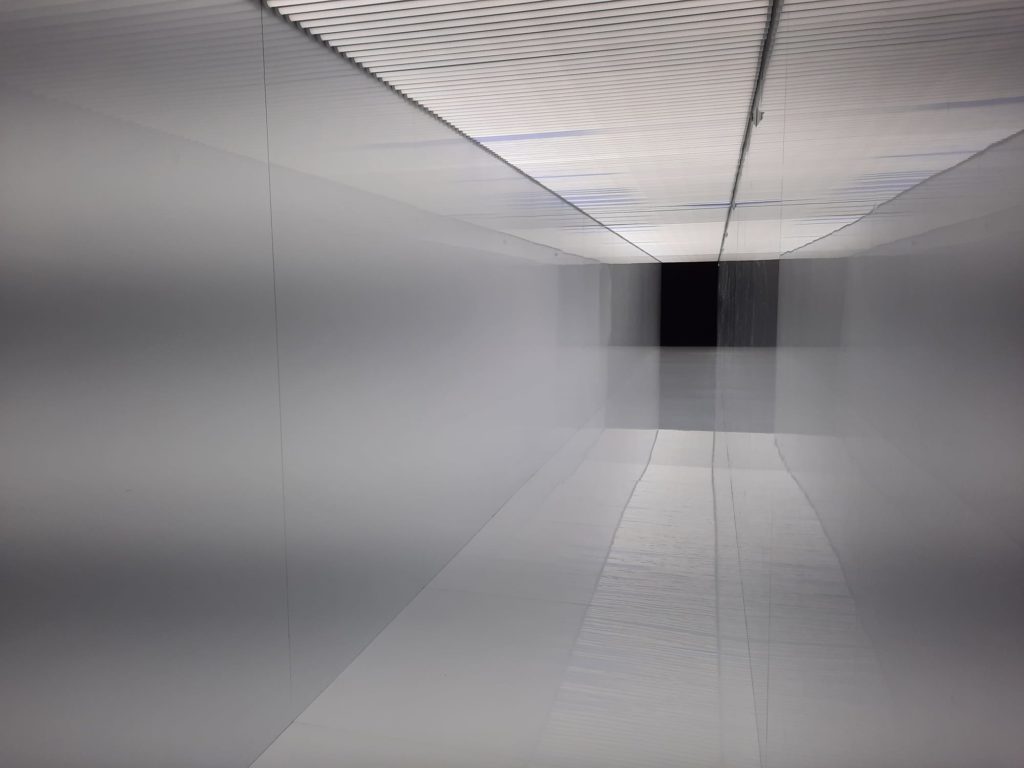
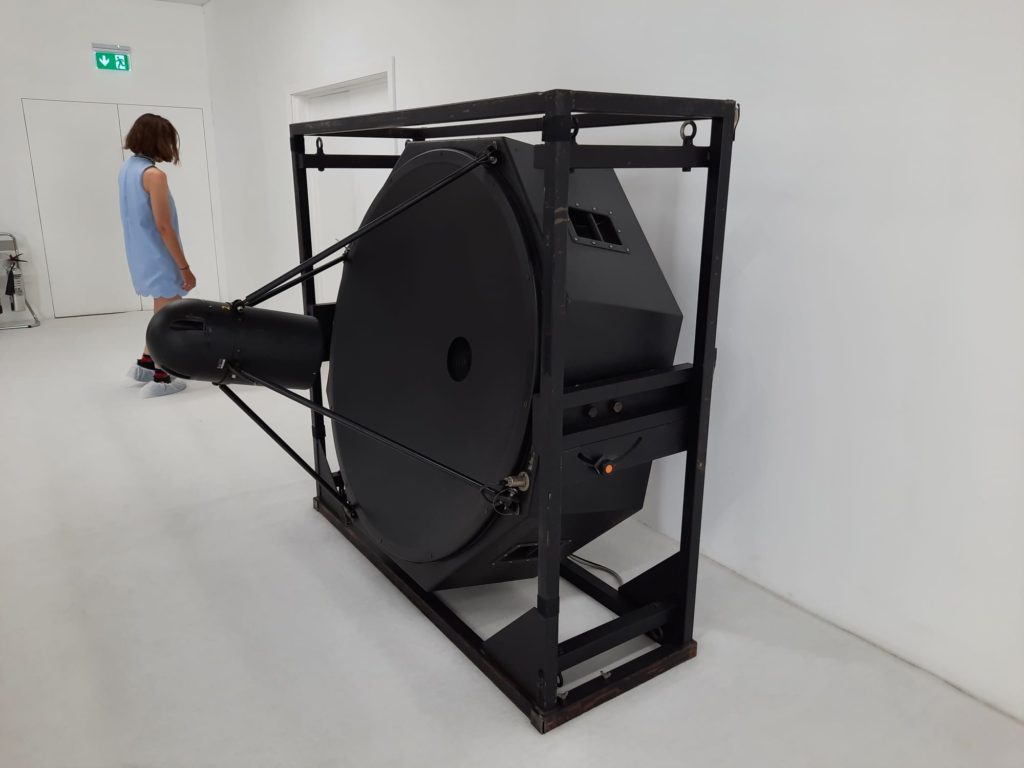
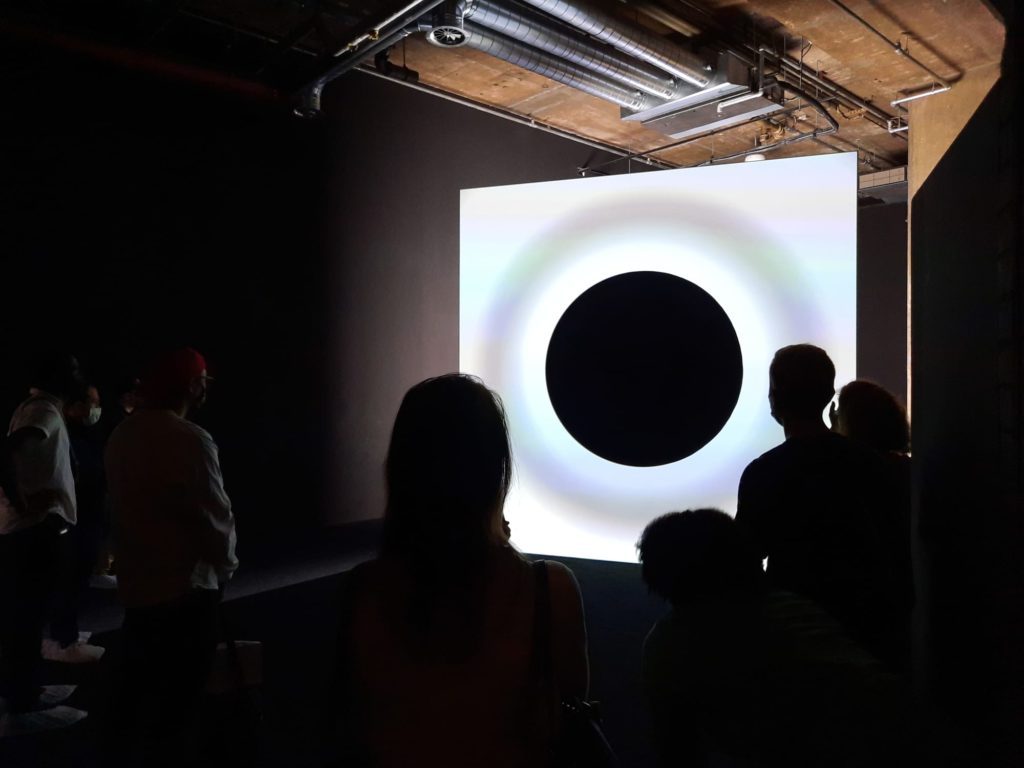
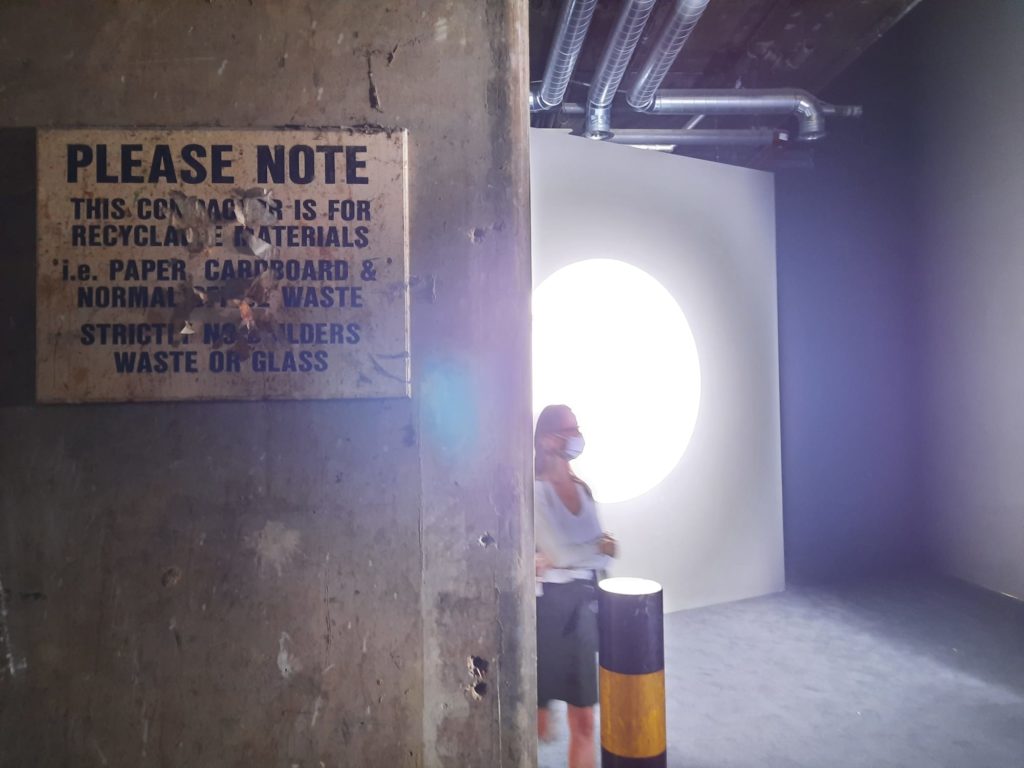
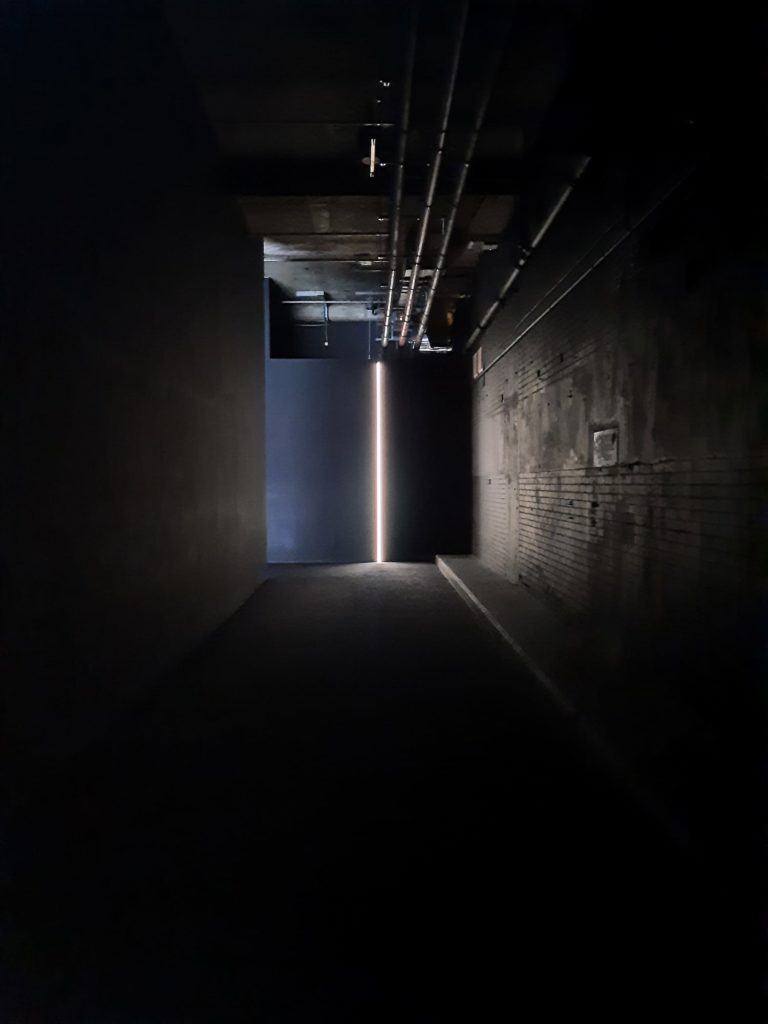
Ryoji Ikeda
The experience of visiting this exhibition starts simply enough. Your ticket is scanned, and you wait in a cafe-style area. When it’s your time, your group heads downstairs, puts on sexy disposable shoe covers, and gets a safety briefing. This includes what to do if any of the rooms are too much for you or you don’t feel well. You then start to move through each room in order, with a set time limit so that you don’t run into the group before or after you (or at least this was the case when we visited).
The first couple of rooms are fine. The first artwork I didn’t even notice as we all walked past it, the second room had plinths with screens, playing ever-changing, fragmented, black and white… animations? Videos? Something black and white and scrolling, anyway. But you start to think to yourself “Wow, that white light over there is really bright! Looks good in photos, haha.” Haha indeed, until the next thing you have to do is walk through it. It is hard to describe just how bright and disorienting the experience is. It’s like your whole existence has shrunk to the urge to keep going to get through to relative darkness again. Only the next room, for all its comfortable light levels, has huge speakers that reverberate a frequency through you.
This is a very physical exhibition, then. This is not art that you look at on a wall. It’s art that you feel, that you hear, that you can’t get away from. Also art that you photograph for social media, but that’s just a bonus really. The brutalist building and abandoned industrial basement aesthetic perfectly offset Ikeda’s work. I couldn’t think of anywhere better for this installation.
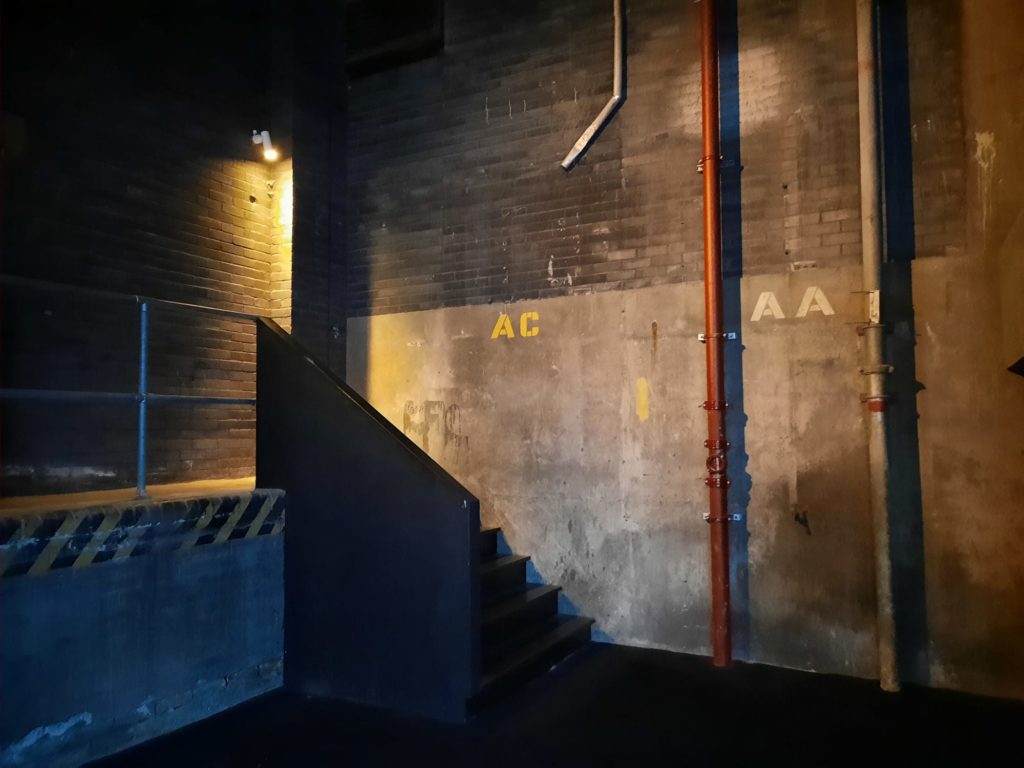
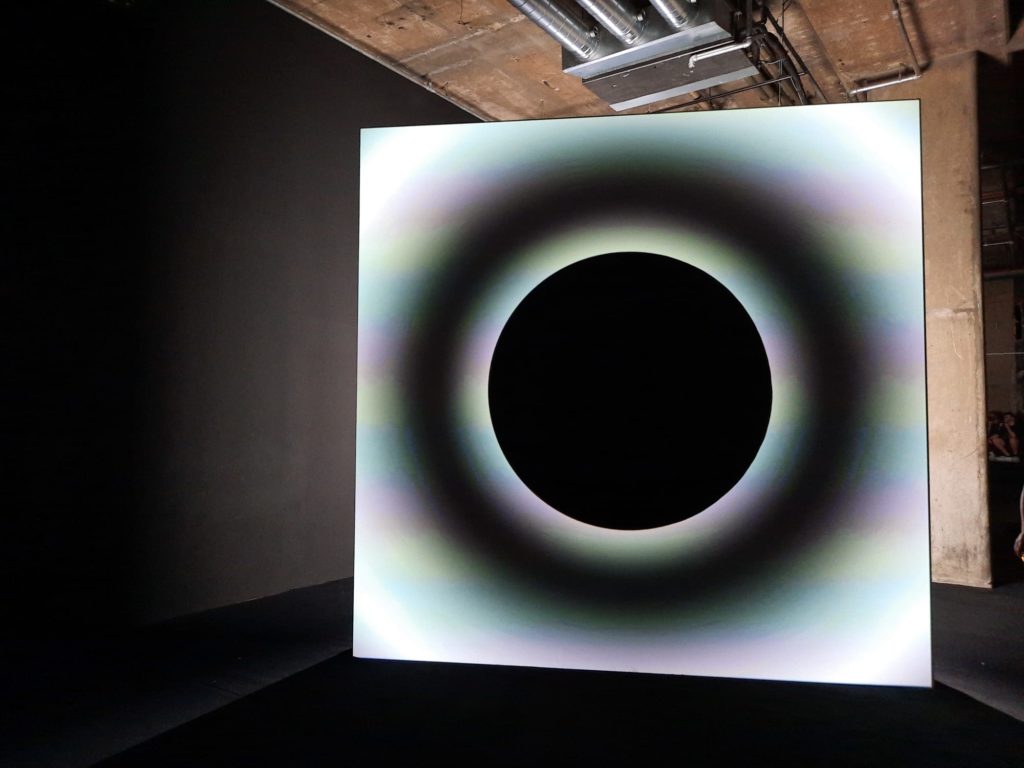
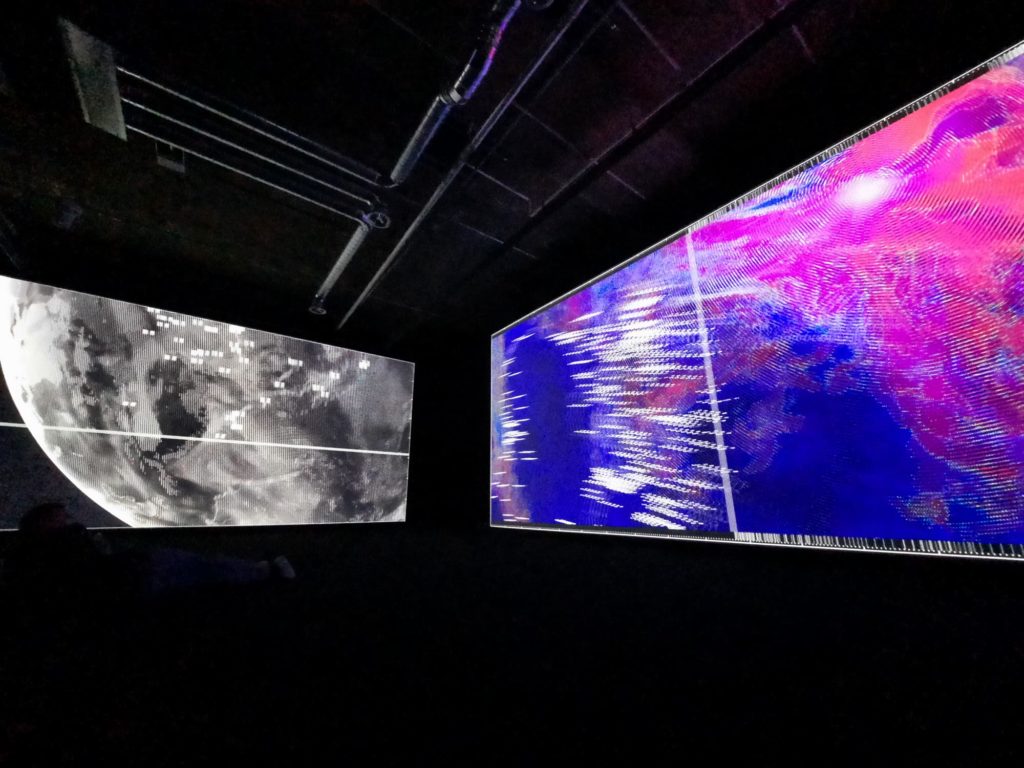
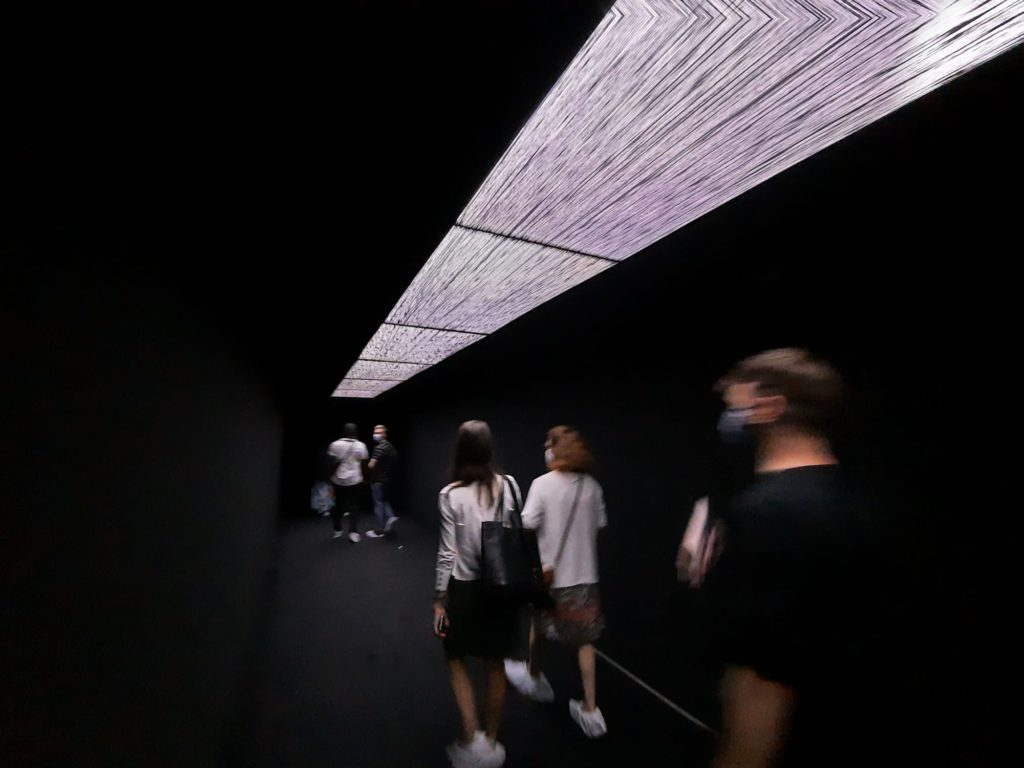
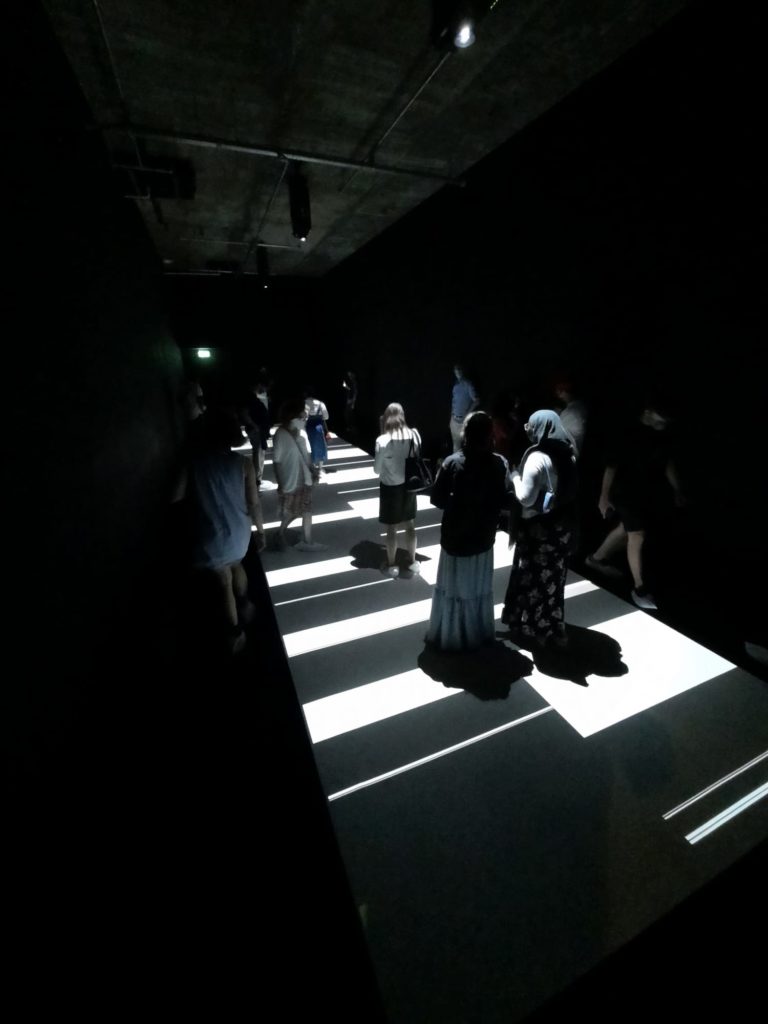
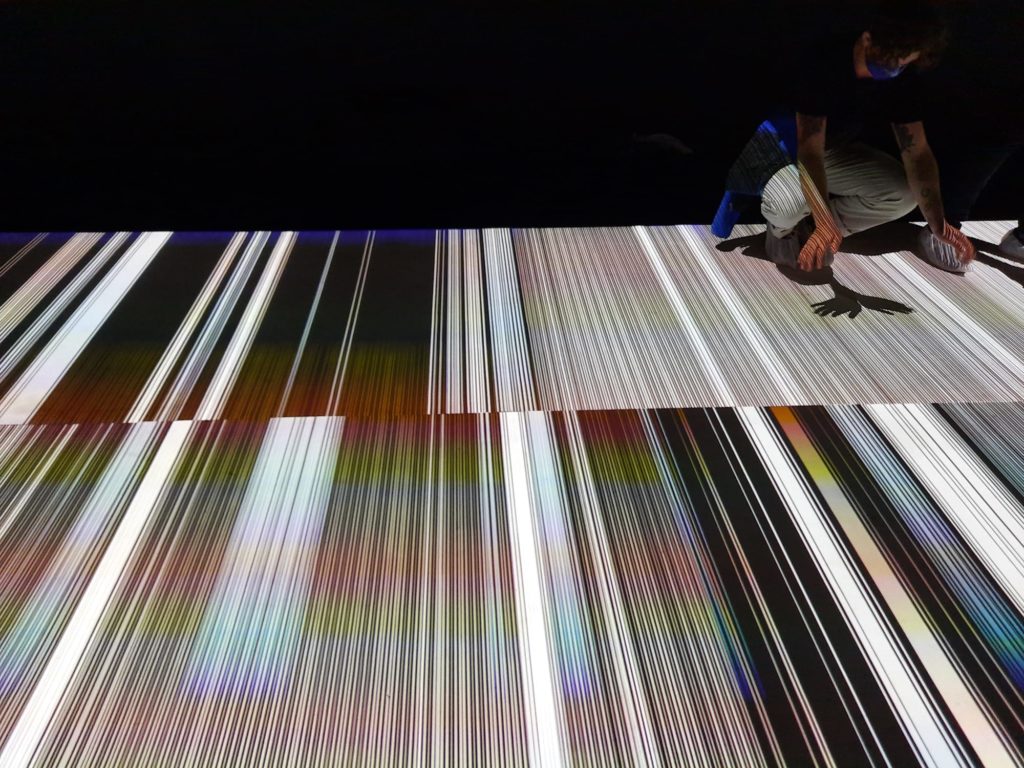
Should I Go And See This?
That depends. If I haven’t made it clear enough already, I really don’t recommend it if you have epilepsy or any kind of light sensitivity. If that doesn’t apply to you, then it depends what you like in an art exhibition or cultural outing. Ryoji Ikeda’s work is very cool and very different. It might make you think about what art is. It is certainly something that you have to give yourself over to for the 45 minutes or so that the experience lasts.
For me, though, I have never really warmed to art which is all concept. I like a little more narrative or a pleasing aesthetic. And I’m not sure I engaged with this exhibition at a deeper level than passing through it. Sure, some of it was interesting, like three huge screens projecting images that zoomed out from the micro level of data (DNA) to the macro level (the universe). But I didn’t really see what Ikeda was trying to tell us through his work. Maybe I need to read up about it more.
As a final point, sometimes I use the ‘would I see it again?’ test to evaluate how much I enjoyed an exhibition. Like this exhibition recently at Tate Britain – I liked it, but if I saw another exhibition by the same artist I might skip it in a sort of ‘been there, done that’ sense. If I were in, say, Berlin on the other hand, and saw there was a Ryoji Ikeda exhibition in some cool warehouse building, then I would probably think to myself “Yeah, why not? That could be fun.” So maybe I do connect to the experiential approach to art, after all.
That was no help at all, was it? You’ve seen some pictures and read through my thoughts on the subject – time to make your own minds up!
On its own merits: 3/5
Implementing Covid rules: 4/5
Ryoji Ikeda on until 18 September 2021
Find out what else is on in London – sign up below for the Salterton Arts Review newsletter:
If you see this after your page is loaded completely, leafletJS files are missing.


2 thoughts on “The Covid Diaries 91 – 180 The Strand, Ryoji Ikeda”